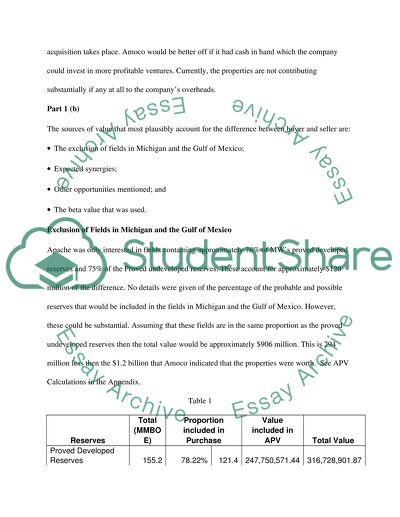Cite this document
(“MW Petroleum Corporation (A) finance case Study”, n.d.)
Retrieved from https://studentshare.org/finance-accounting/1425992-mw-petroleum-corporation-a-finance-case
Retrieved from https://studentshare.org/finance-accounting/1425992-mw-petroleum-corporation-a-finance-case
(MW Petroleum Corporation (A) Finance Case Study)
https://studentshare.org/finance-accounting/1425992-mw-petroleum-corporation-a-finance-case.
https://studentshare.org/finance-accounting/1425992-mw-petroleum-corporation-a-finance-case.
“MW Petroleum Corporation (A) Finance Case Study”, n.d. https://studentshare.org/finance-accounting/1425992-mw-petroleum-corporation-a-finance-case.


